Pennsylvania
Pennsylvania’s Top 10 Iconic Places That Bring History To Life
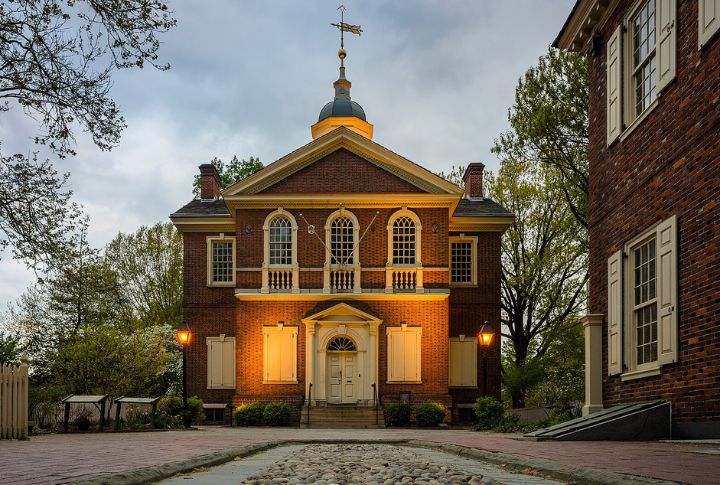
History isn’t just found in museums—it lives in the streets, buildings, and landmarks that shaped the nation. Pennsylvania is filled with sites that played major roles in America’s story. Each visit feels like flipping through the pages of a living history book. From battlefields to architectural wonders, these ten iconic places make Pennsylvania a history lover’s dream.
Valley Forge National Historical Park
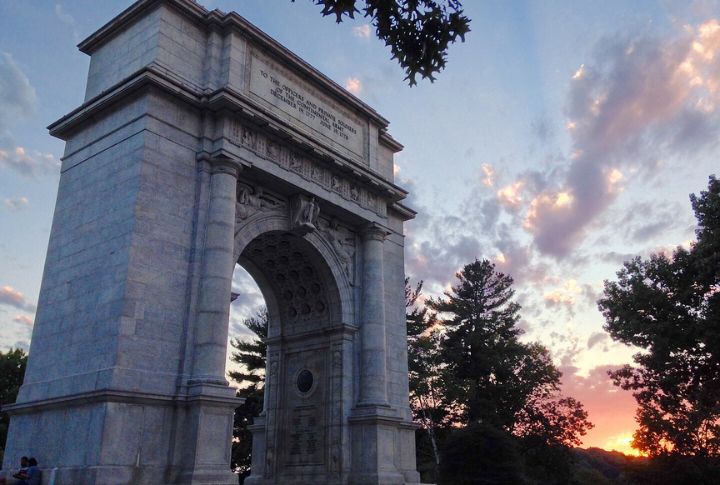
During the harsh winter of 1777–1778, survival at Valley Forge was uncertain for George Washington’s army. They faced food shortages, freezing cold, and disease, which tested their strength and determination. As noted by the Library of Congress, the intense training during that winter helped shape the soldiers who would turn the tide in the Revolutionary War.
Gettysburg National Military Park
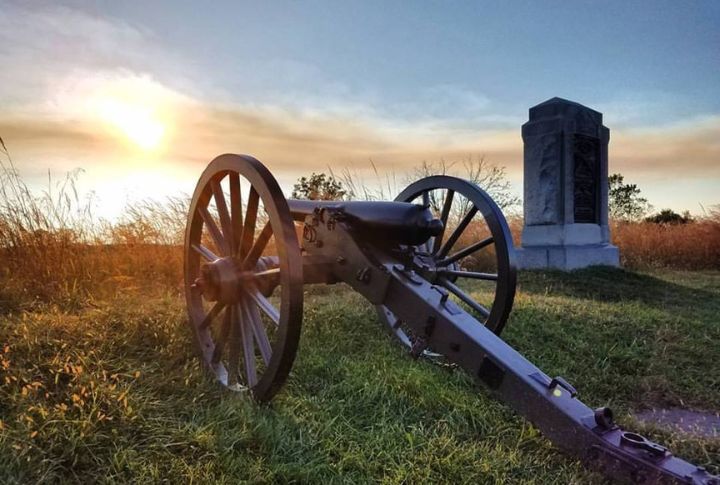
Visitors who walk through Gettysburg National Military Park stand on the grounds of the deadliest battle of the Civil War. Soldiers from both sides clashed here in 1863, which marked a pivotal moment in America’s history. Today, statues and monuments scattered throughout the park honor the thousands who fought in this conflict.
Liberty Bell Center
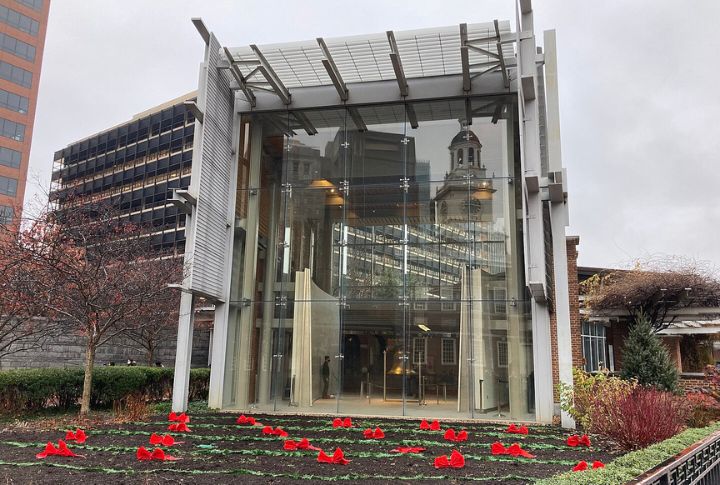
How did a simple bell become one of America’s most enduring symbols? It symbolized freedom by ringing to mark key moments, especially the reading of the Declaration of Independence. Made in 1752 for the Pennsylvania State House, it grew to represent liberty embraced by all citizens.
Independence Hall
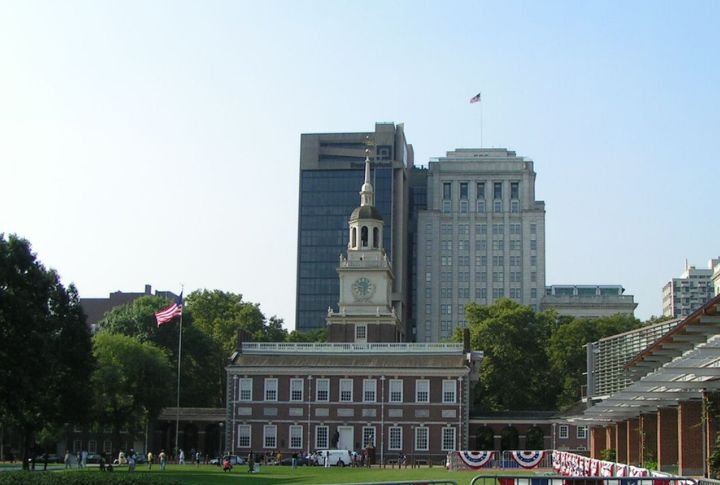
History was made within the walls of Independence Hall. Inside these walls, the Founding Fathers debated and finalized the Declaration of Independence in 1776 and the U.S. Constitution in 1787. The documents crafted in this building established the principles of freedom and self-governance that continue to direct the U.S. today.
Eastern State Penitentiary
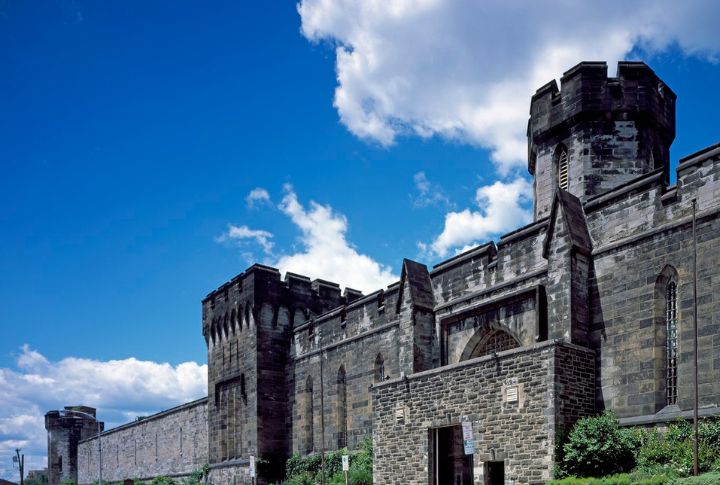
Architects designed the Eastern State Penitentiary with the intent to reform prisoners through isolation. Cells were built to prevent inmates from interacting with each other, a method believed to encourage reflection and remorse. Though this isolation model was later abandoned, the massive stone structure remains standing.
Fallingwater
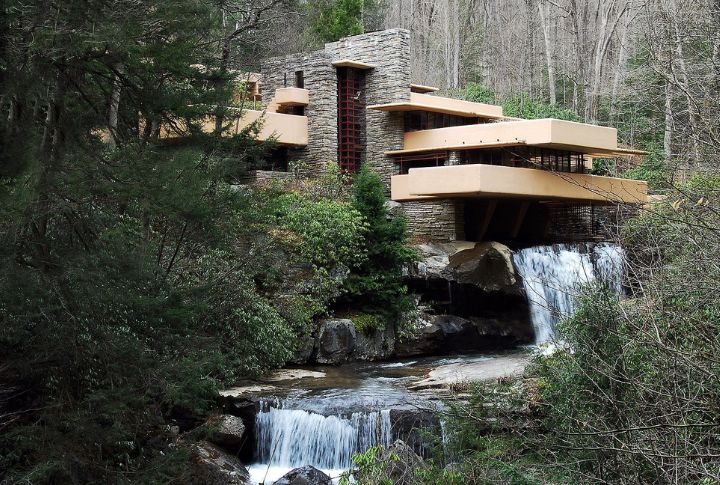
Frank Lloyd Wright designed Fallingwater in 1935, creating a stunning home that blends effortlessly with the surrounding forest. Wright used materials like sandstone and reinforced concrete. According to the Western Pennsylvania Conservancy, the house still retains nearly all of its original features.
Drake Oil Well
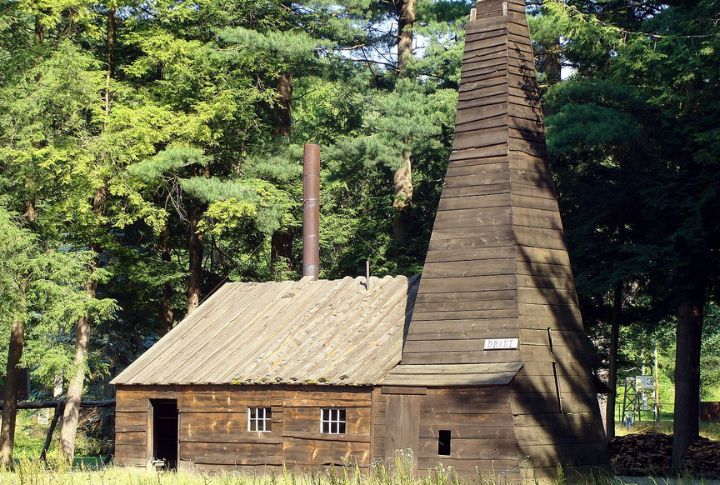
History changed forever in 1859 when Edwin Drake successfully drilled the world’s first commercial oil well. Titusville became the center of early petroleum production, launching an industry that would transform global economies. Today, visitors who explore the site gain valuable insights into the origins of the global energy industry.
Braddock Carnegie Library
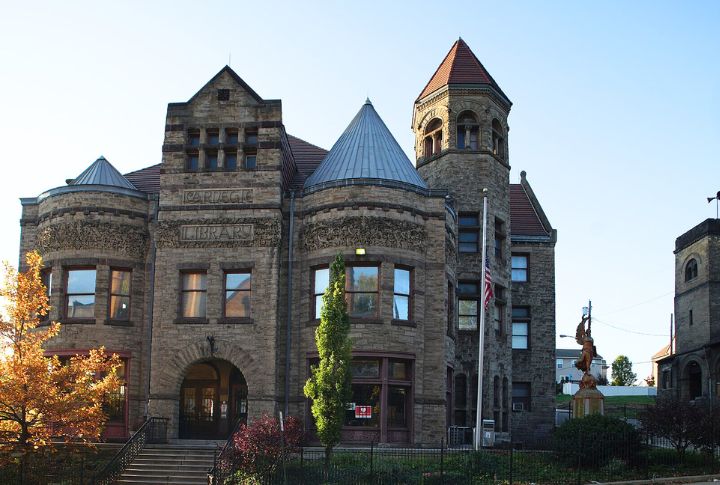
Driven by his belief that knowledge paved the way to personal success, Andrew Carnegie chose Braddock as the site of his first library in 1889. This library became a model for thousands of others, reflecting Carnegie’s vision that access to knowledge can uplift individuals and strengthen communities.
American Philosophical Society Hall
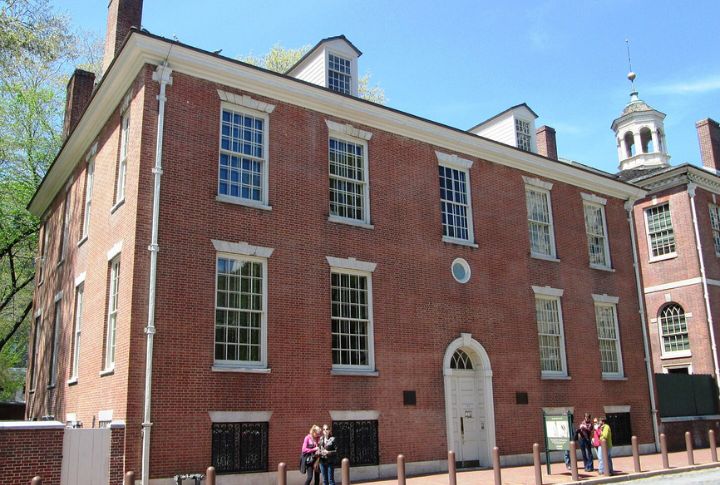
Founded by Benjamin Franklin in 1743, this institution played a key role in advancing American science and philosophy. Scholars gathered in this hall to exchange ideas that would influence national progress. Many of the innovations born from these discussions are now documented through artifacts preserved within its walls.
Carpenters’ Hall
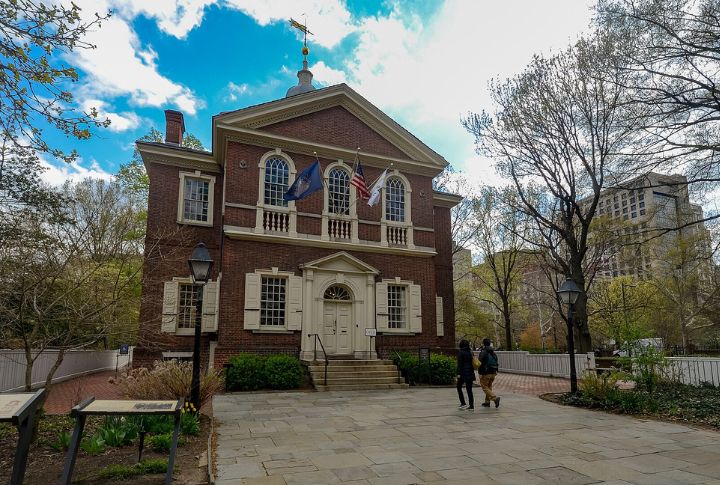
In 1774, 12 of the 13 colonies sent delegates to meet here for the First Continental Congress to address growing conflicts with British rule. During their sessions, military and economic concerns took center stage as tensions with Britain escalated, laying the groundwork for American independence.

